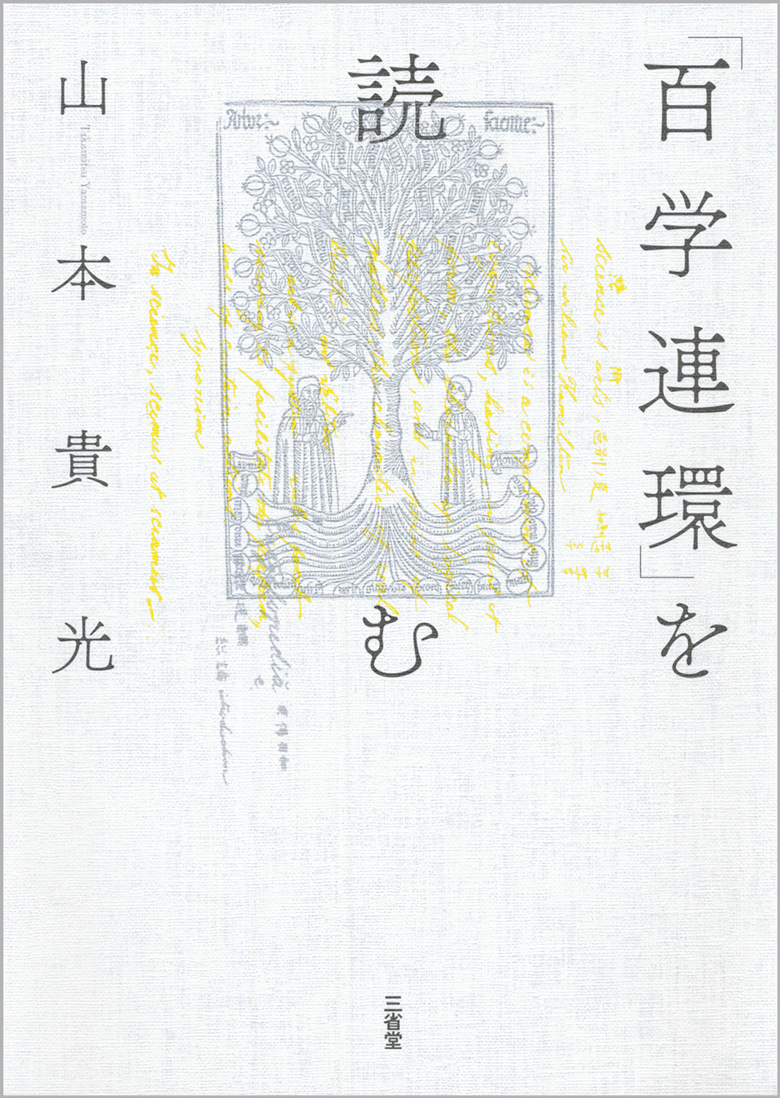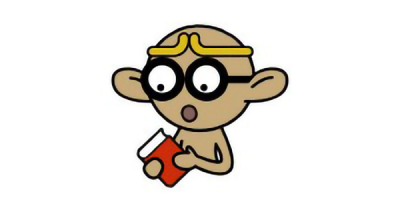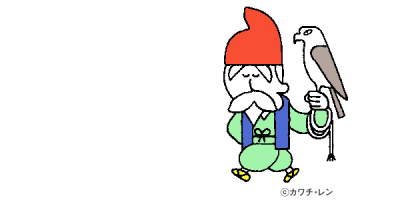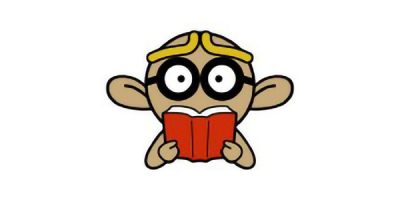西先生は、「術(art)」について説明する際、その定義を英語の文献から引用してみせたのでした。その文章はどこから来たのか。ひとまずはそれが『ウェブスター英語辞典』に掲載されていることを確認したところです。そして、ついでのことながら、同辞典のARTの項目を読んでいるのでした。前回は、三つ掲げられている定義のうち、一つめを確認しましたね。
さて、一つめの定義の末尾に「ベイコン、『エンサイクロペディア』」という出典と思しき記載がありました。この手がかりを元に調べてみると、実はこの定義が、『エンサイクロペディア・ブリタニカ』の第7版(1830-1842年刊行)に掲載されたものであることが分かります。
残念ながら同百科事典の第7版そのものは確認できていませんが、幸い第7版のARTの項目に寄稿したウィリアム・ハズリット(William Hazlitt, 1778-1830)の文章が書物としてまとめられています。『絵画と諸芸術――同題で『エンサイクロペディア・ブリタニカ』第7版に寄稿された論考(Painting and the Fine Arts: being the articles under those heads contributed to the seventh edition of the Encyclopaedia Britannica)』(Adam and Charles Black, 1838)がその書物です。
同書に掲載されたハズリットの文章を見てみましょう。「Fine Arts」と題された文章はこのように始まります。
ART is defined by Lord Bacon as a proper disposal of the things of nature by human thought and experience, so as to answer the several purposes of mankind; in which sense art stands opposed to nature.
訳しておきます。
ベイコン卿は「術」を次のように定義している。人間の思考と経験によって自然の事物に適切な処理を施し、人の各目的に適うように仕立てること。この意味での「アート」は「自然」に対置される。
いかがでしょうか。前回確認した『ウェブスター英語辞典』の定義1と見比べると、そのままではありませんが、かなり似ていることが分かります。念のため、訳文と共に再掲します。
1. The disposition or modification of things by human skill, to answer the purpose intended. In this sense art stands opposed to nature.
1. 人間の技能によって事物に処理もしくは変更を加え、意図した目的に適うように仕立てること。この意味での「アート」は「自然」に対置される。
(『ウェブスター英語辞典』、ARTの定義1)
ウェブスターの第1文は、ハズリットの文章をさらに圧縮した感じです。ハズリットが「思考と経験」と述べているところを「技能」としたり、「自然の事物」を単に「事物」としています。「アート」が「自然」と対置されるという第2文はそのままですね。そして、ウェブスターはこの出典を正直に示したわけです。
実は面白いのは、この後です。『ウェブスター英語辞典』のARTの項目には三つの定義が掲げられていると言いました。次に注目したいのは第2の定義です。これを、ハズリットの「絵画と諸芸術」の第2~3文とそのまま並べてみます。少し長めですが、じっくりご覧ください。特に太字にした箇所にご注目です。イタリックは原文のままです。
Art is principally used for a system of rules serving to facilitate the performance of certain actions; in which sense it stands opposed to science, or a system of speculative principles.
Arts are commonly divided into useful or mechanic, fine or liberal. The former are those wherein the hand and body are more concerned than the mind; of which kind are most of those which furnish us with the necessaries of life, and are popularly known by the name of trades. The latter are such as depend more on the labour of the mind than of the hand; they are the produce of imagination and taste, and their end is pleasure.
2. A system of rules, serving to facilitate the performance of certain actions; opposed to science, or to speculative principles; as the art of building or engraving. Arts are divided into useful or mechanic, and liberal or polite. The mechanic arts are those in which the hands and body are more concerned than the mind; as in making clothes, and utensils. These arts are called trades. The liberal or polite arts are those in which the mind or imagination is chiefly concerned; as poetry, music and painting.
(『ウェブスター英語辞典』、ARTの定義2)
いかがでしょうか。文頭の定義を示した重要な文章を見ると、ハズリットのものとウェブスターのものは、ほとんど同じです。そしてこれは、西先生が「術」の定義として引用している箇所でもありました。
ご覧いただいたように、ハズリットの文では段落をかえて「術」のさらなる分類について、「実用的な術、あるいは機械的な術」と「洗練された術〔芸術〕あるいは自由な術〔自由学芸〕」があると述べています。ウェブスターのほうも、言葉こそ違っていますが、論旨の流れはハズリットをなぞっていることが分かりますね。
ウェブスターの定義では、上で引用した箇所の後に、「アメリカでは……」という補足をアーヴィングからの引用として提示しています。ただし、いま見た「アート」の第2の定義そのものについては引用元は示されていませんでした。ひょっとしたら、先の第1の定義と同じであるという暗黙の前提があるのかもしれません。
というわけで、ウェブスターによる定義が、ハズリットによる『エンサイクロペディア・ブリタニカ』の定義を参照していることを見てみました。






